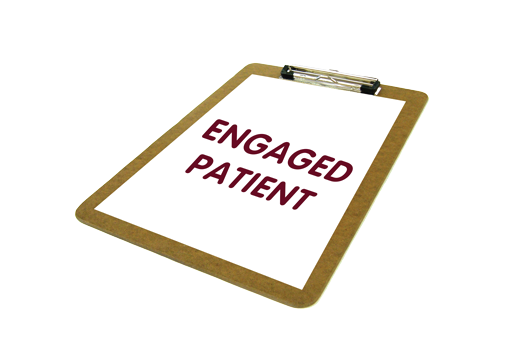The Arthritis Newsletter
Spring 2016What Made You Become An Engaged Patient?
By Annette McKinnon
In my early health care memories, encounters with the health system were like transactions. If I had a problem, I went to the doctor and it was fixed. All went well, even pregnancies, but things were different once I had a diagnosis of rheumatoid arthritis and there was no possibility of a cure.
Now, after 30+ years with a chronic disease my interactions are different. I have become fully involved in my care and I am taking deliberate actions such as blogging, volunteering and working for change to help other patients deal with the healthcare system.
Passive to Engaged Patient
Lately, I’ve been wondering: What causes patients to move onwards from a mostly passive role and look beyond themselves? I recently polled some of my fellow members of the Arthritis Patient Advisory Board (APAB) and the Sjögren’s Society for their observations:
- Shanon McQuitty, APAB member, Health Mentor at UBC, blogger at Arthritic Critic and host of two support Facebook pages said that at her first Reaching Out with Arthritis Research (ROAR) public forum, she saw the volunteer opportunity she had been looking for with Arthritis Research Canada (ARC). She is grateful for the support she has received and continues to receive. This encourages her to help and give back to others where she is able.
- Sheila Kerr, an APAB member, looked to her background as a clinical physiotherapist where she could see firsthand the impact of patient education and health professional support on patients. That led to her interest in looking for evidence and research to inform her practice, which in the ’70s was found only in journals and libraries. When her eyes were opened to evidence-based medicine and the movement to include research into practice, a key component was to involve all stakeholders in the process. At that point, she began to notice that patients weren’t included, despite it being ultimately “about us”. When invited to join APAB she saw it as a vehicle to get the patient voice to the frontline and help to harness new technologies.
- Allison Brennan’s story is completely different. She is a researcher who did not want to blur the lines between her personal and professional life by researching arthritis. With her unique perspective as a patient collaborator who is trained as a scientist, she has a lot to offer. She says it is easier to wear the “researcher hat” than the “patient hat”, which requires sharing of personal experience. She’s hoping that by sitting down at the table with patients and scientists her understanding of both sides will help to facilitate the conversation.
- Lee Durdon, who started the Sjögren’s Society of Canada, found when she looked for support in 2002 after her diagnosis of Sjögren’s Syndrome there was no support or patient education going on in Canada. So she did something about it. She believed that in a way she had a selfish motive to begin something that would support others going forward.
Impact of the Patient Voice
As for me, after 15 discouraging years, a very encouraging physiotherapist convinced me to do one small exercise regularly. After a few months, I saw a new rheumatologist who commented during the examination that I had good muscle tone in my abs. I was amazed. It was empowering to find out that my actions had a good result in a fairly short time. Getting that type of comment from a doctor really had an impact.
It made me double my efforts to be more active, to share my experiences, and to work towards more inclusion of patient voices in research and health care decision making.





















































